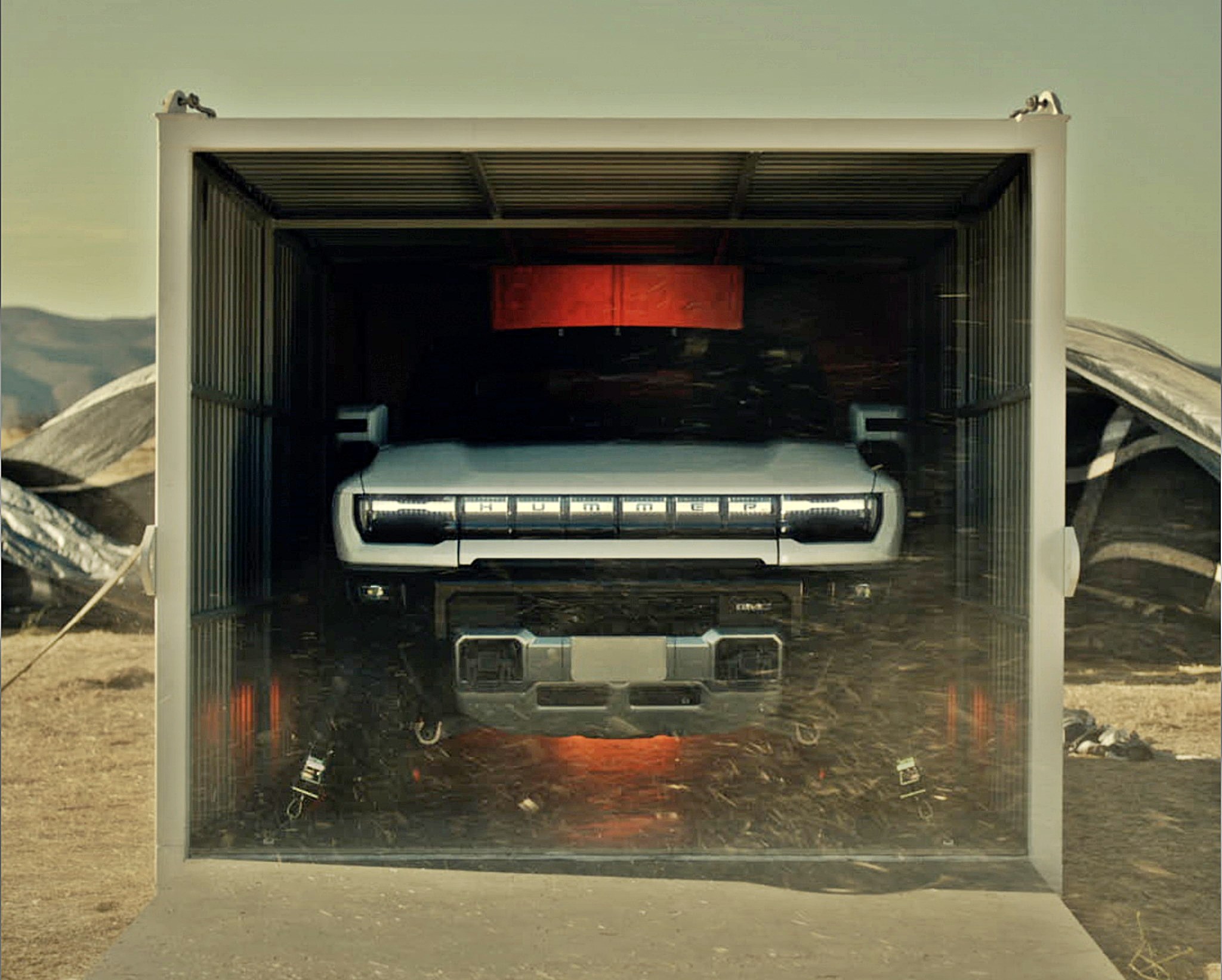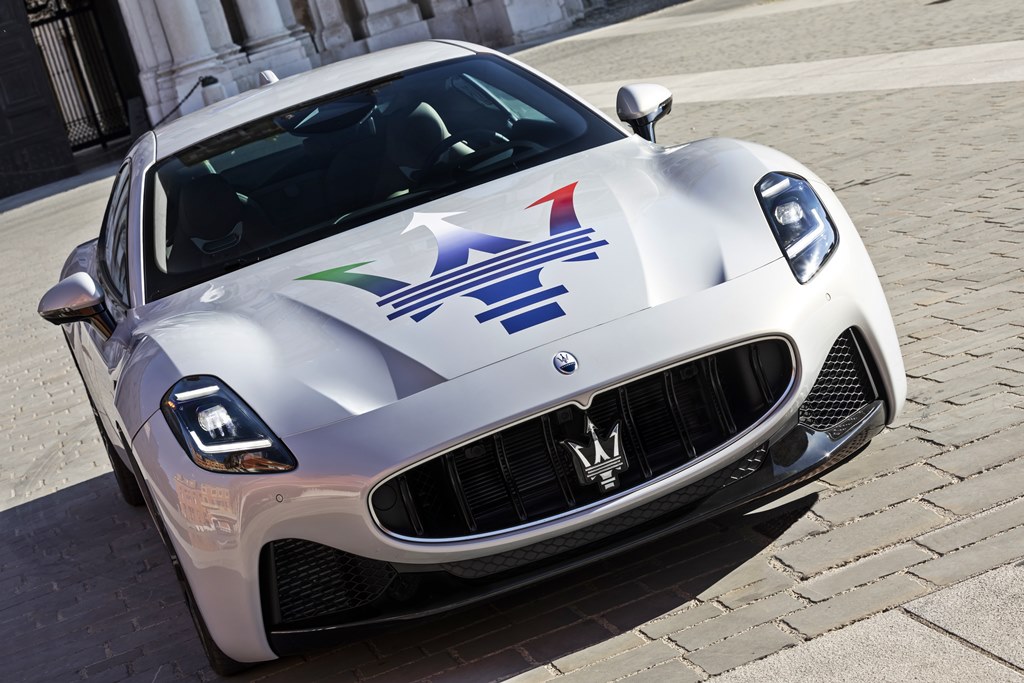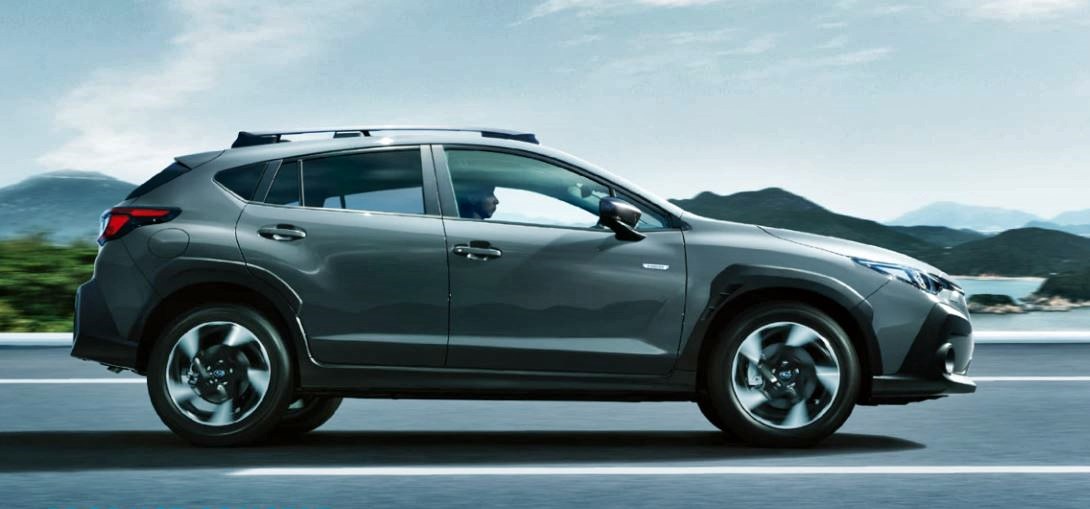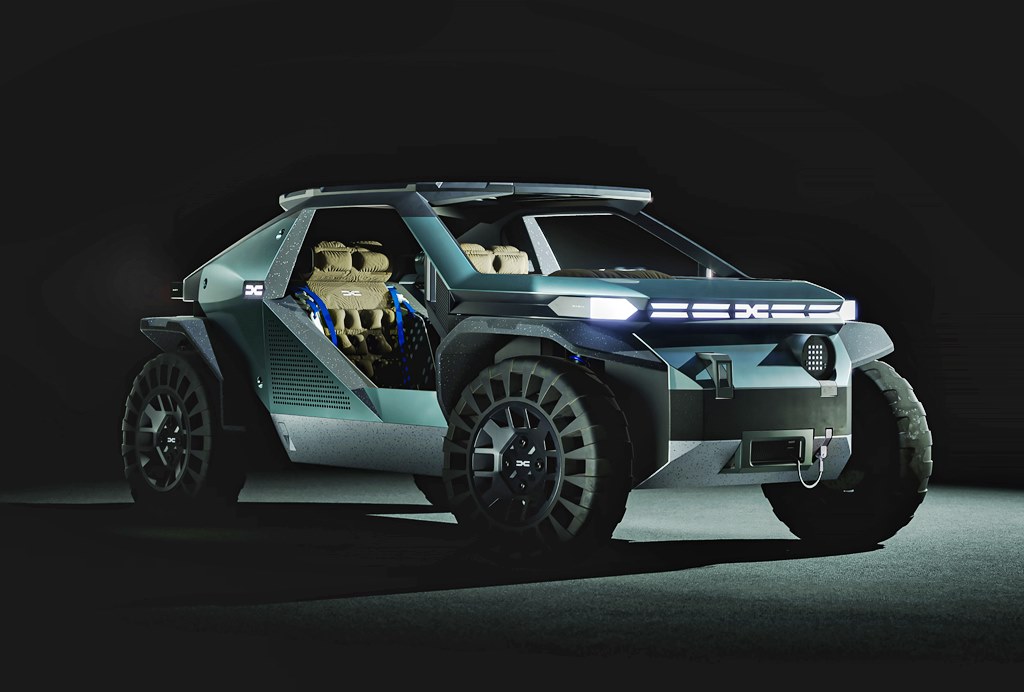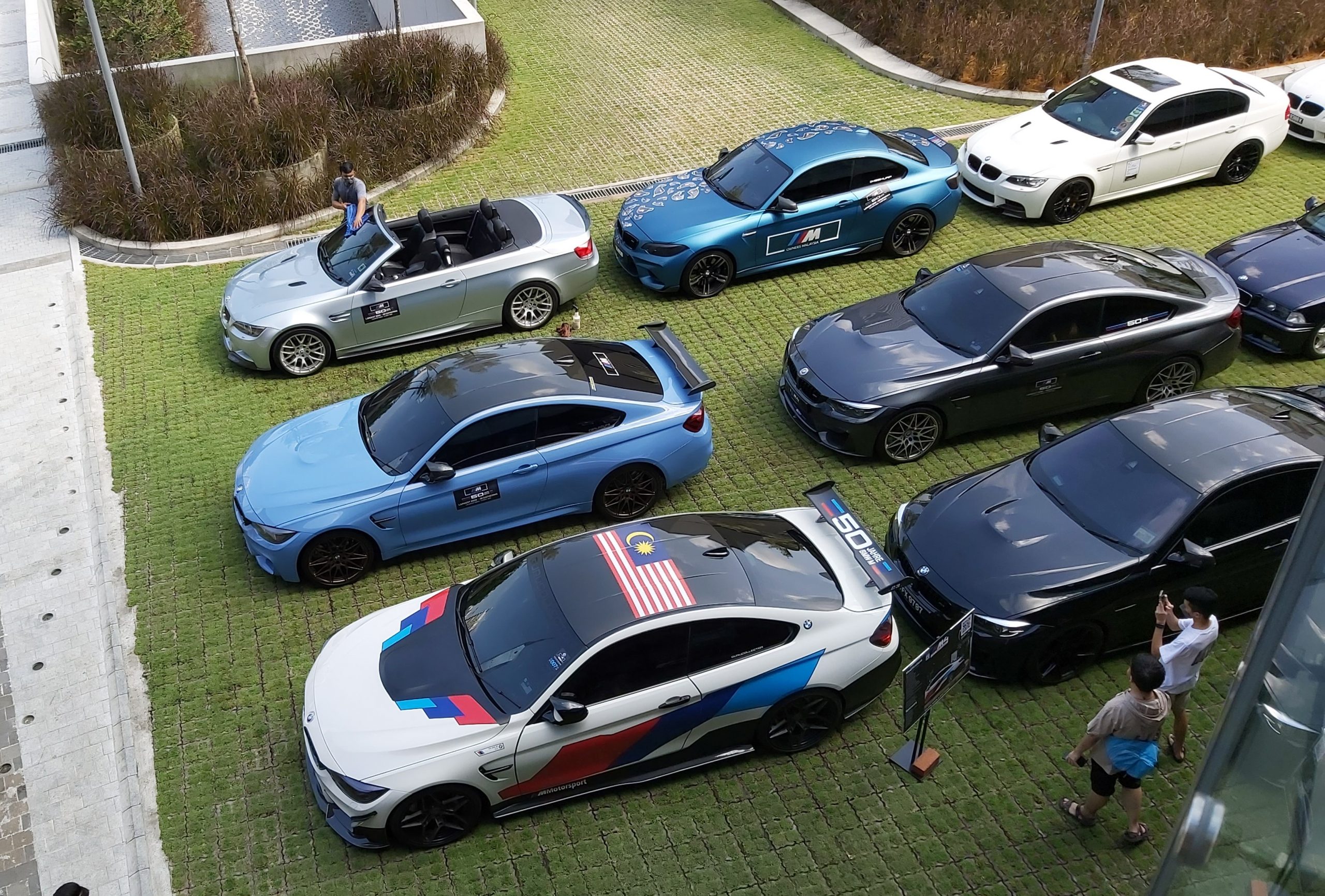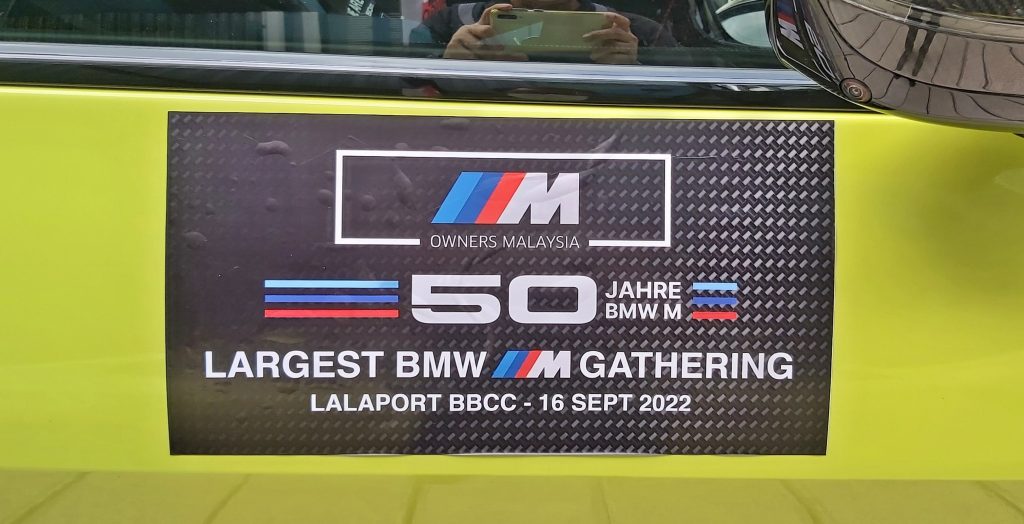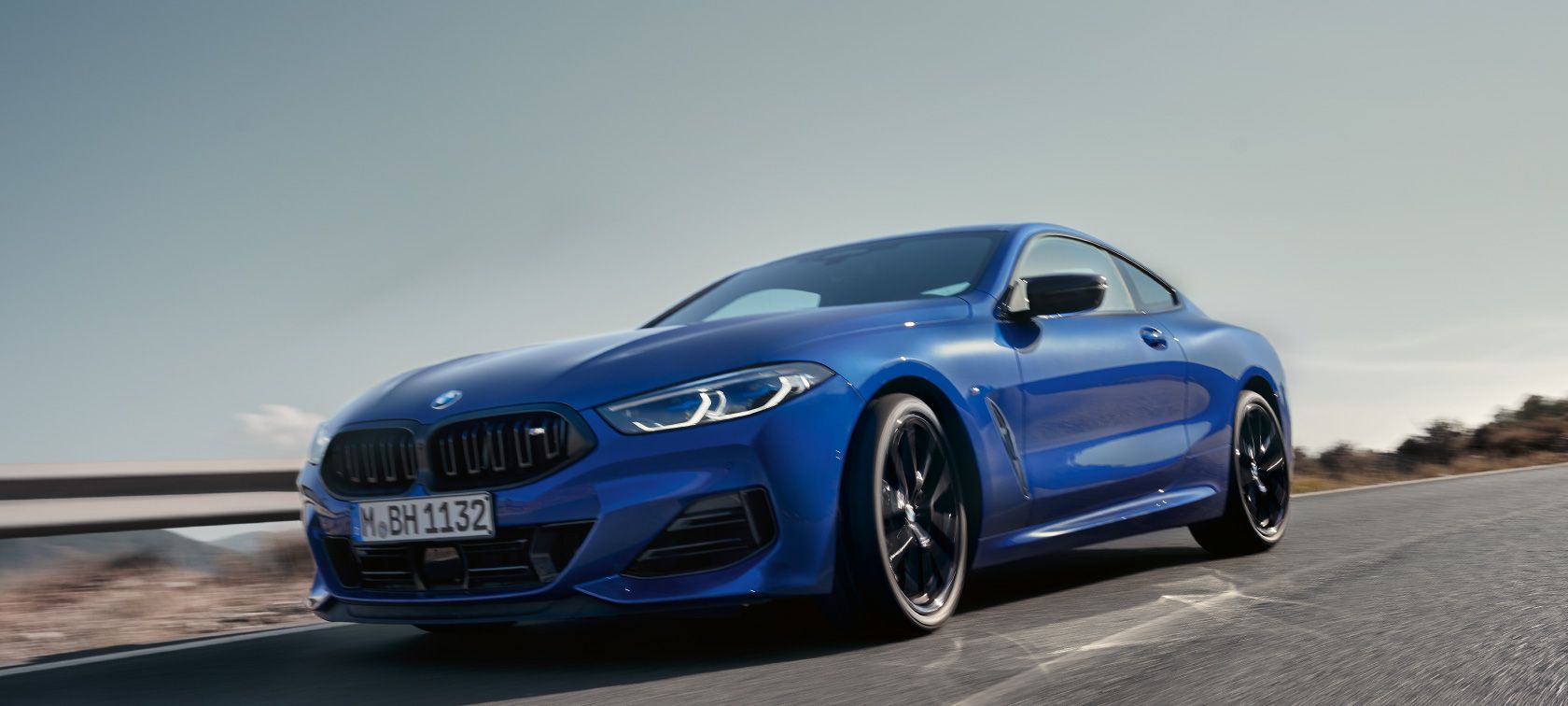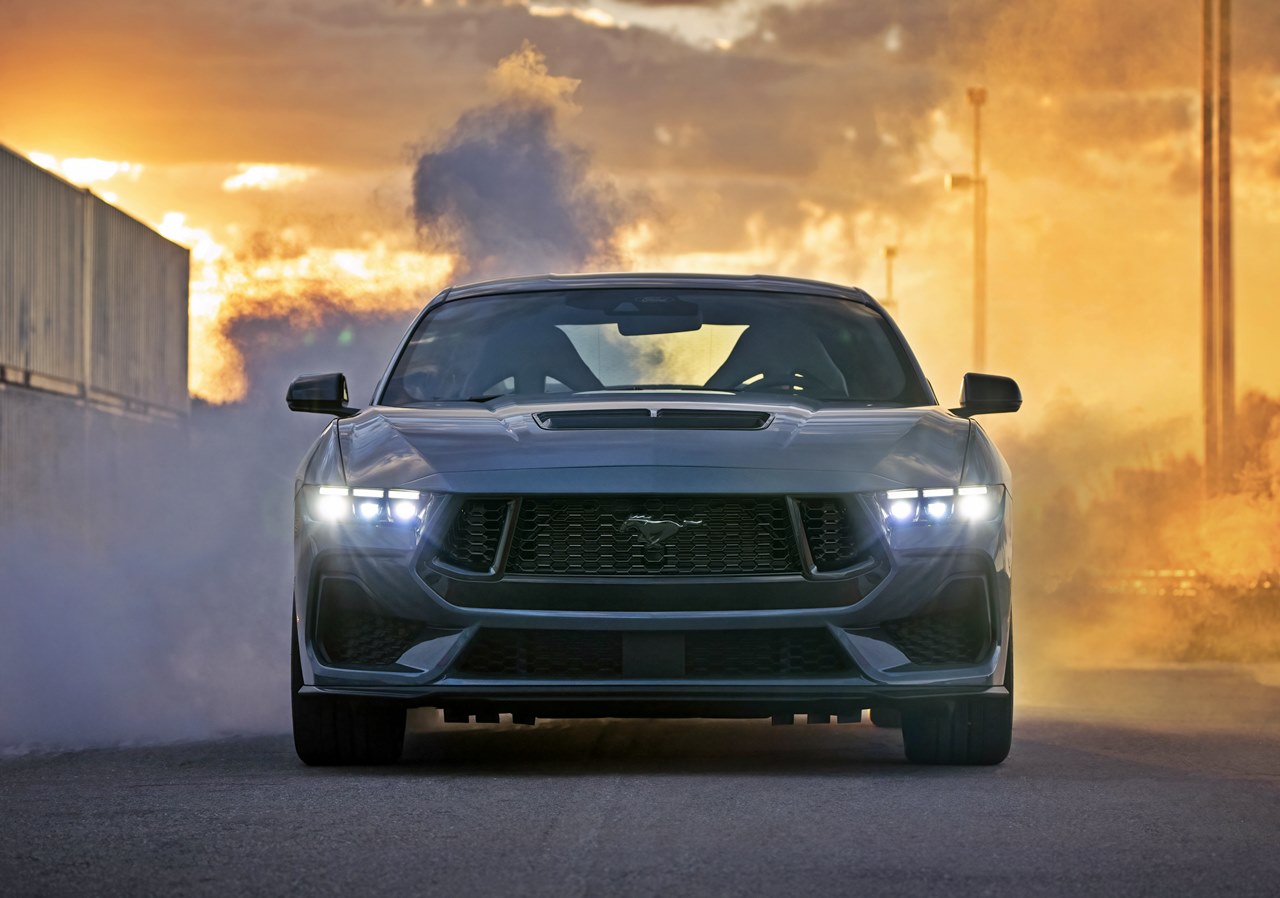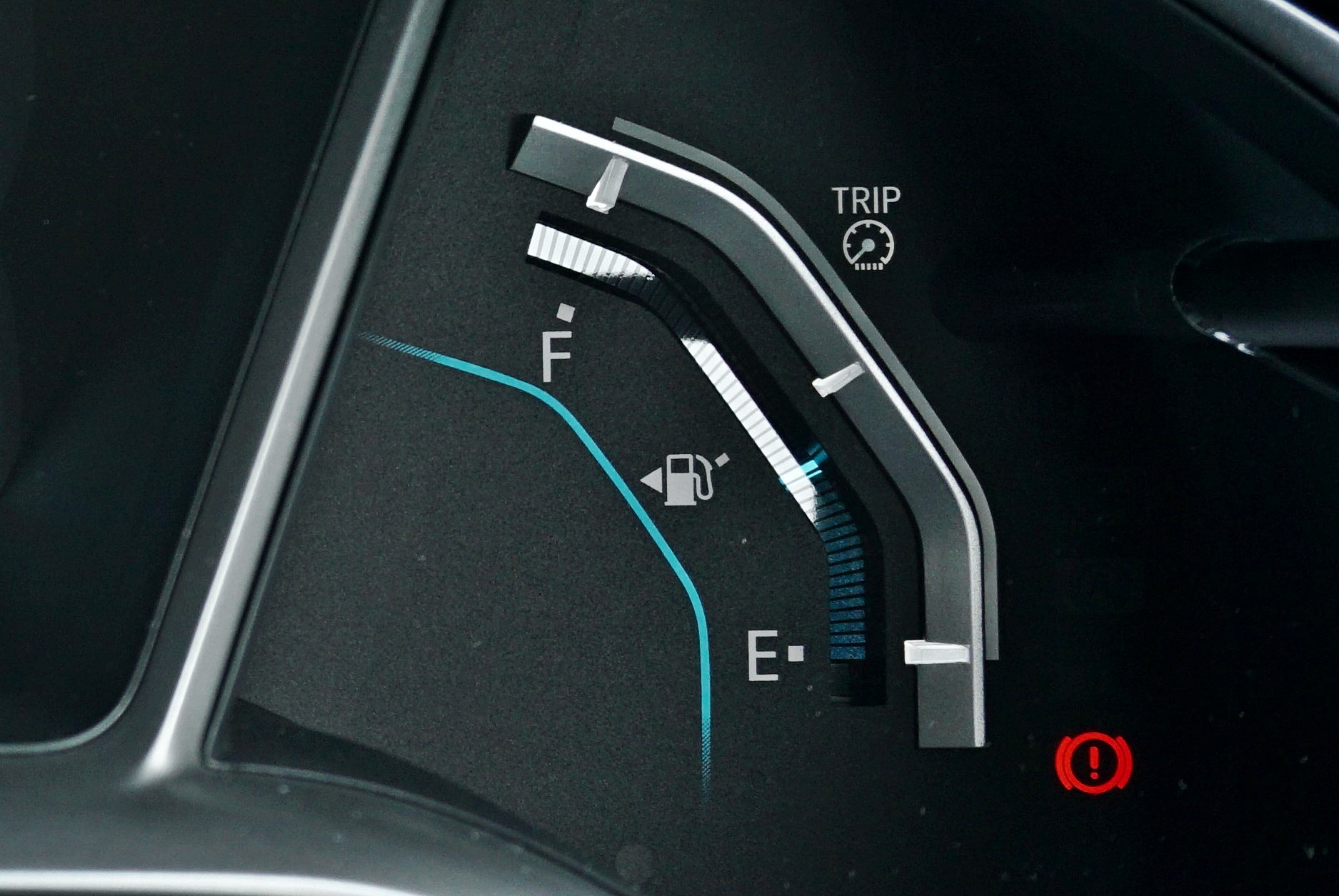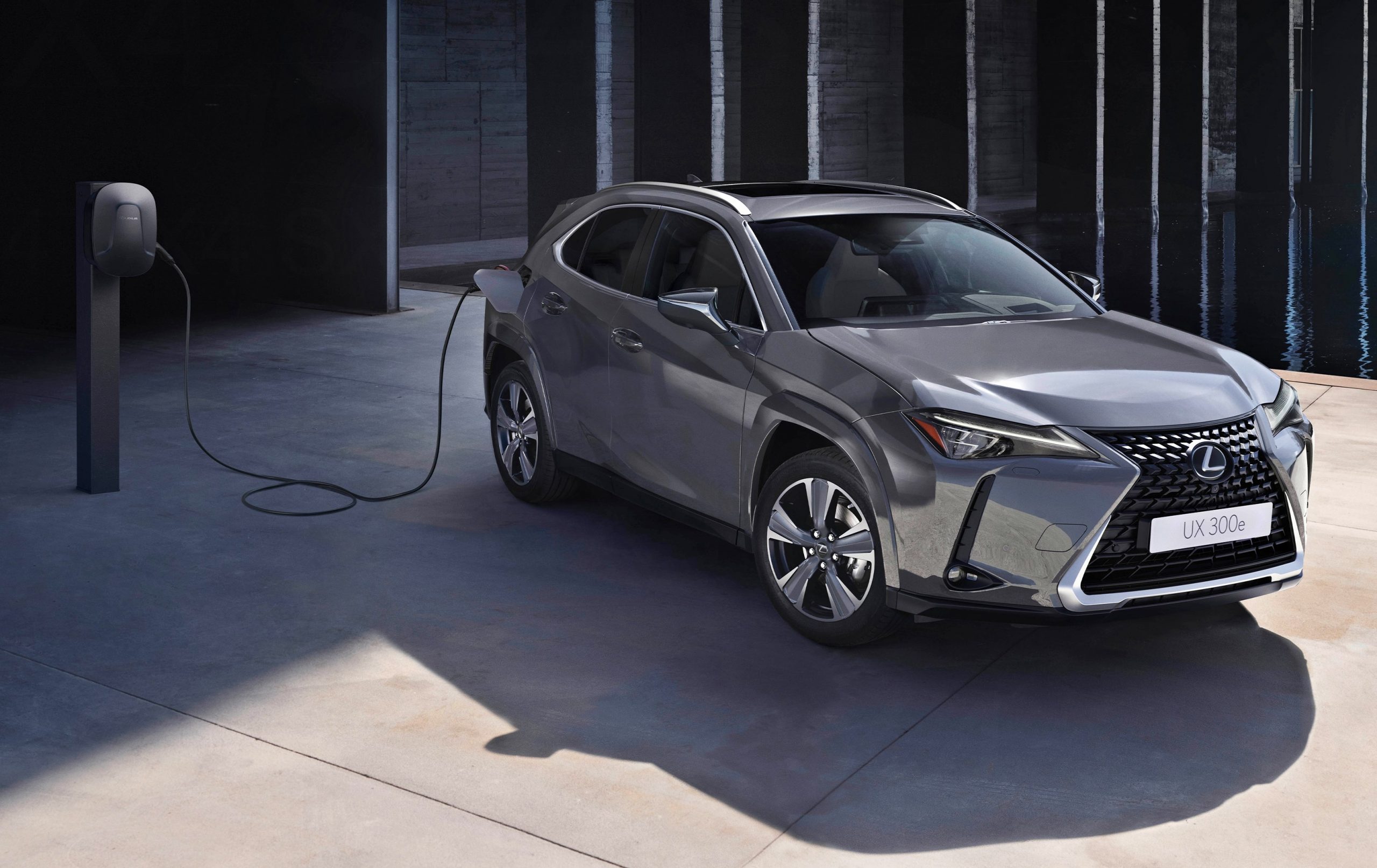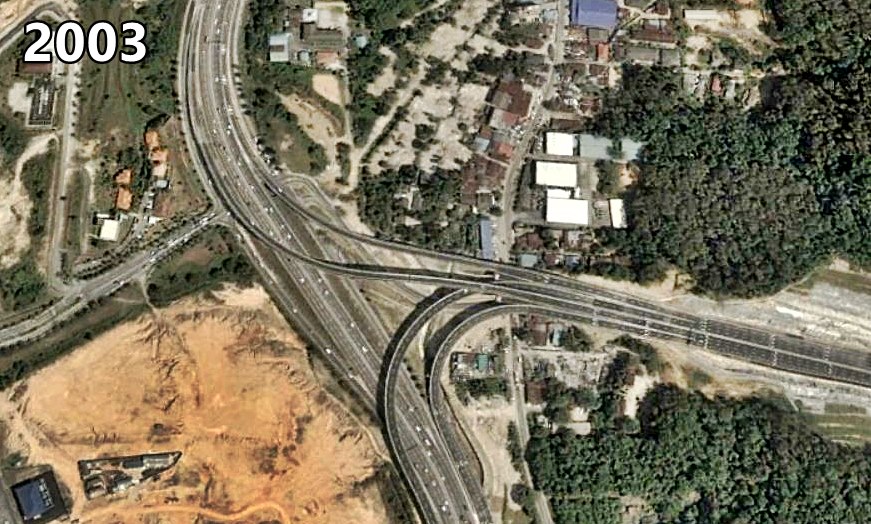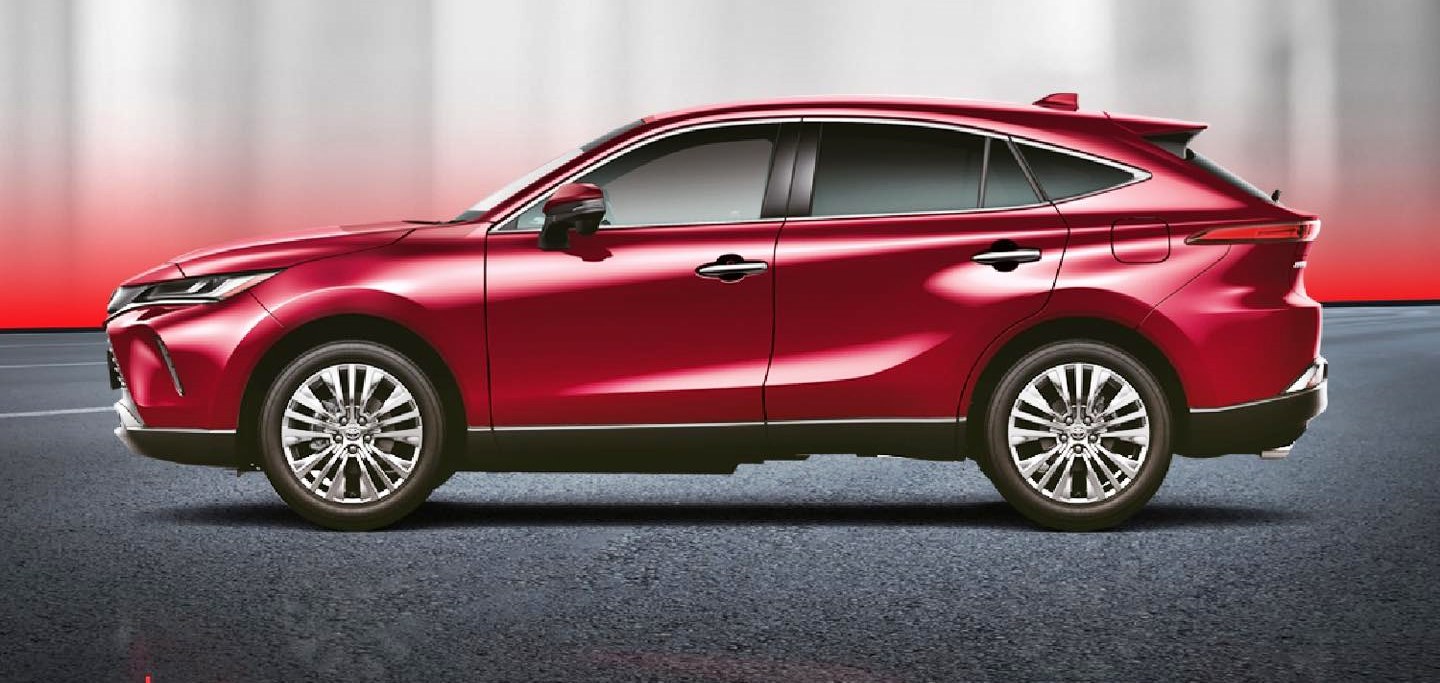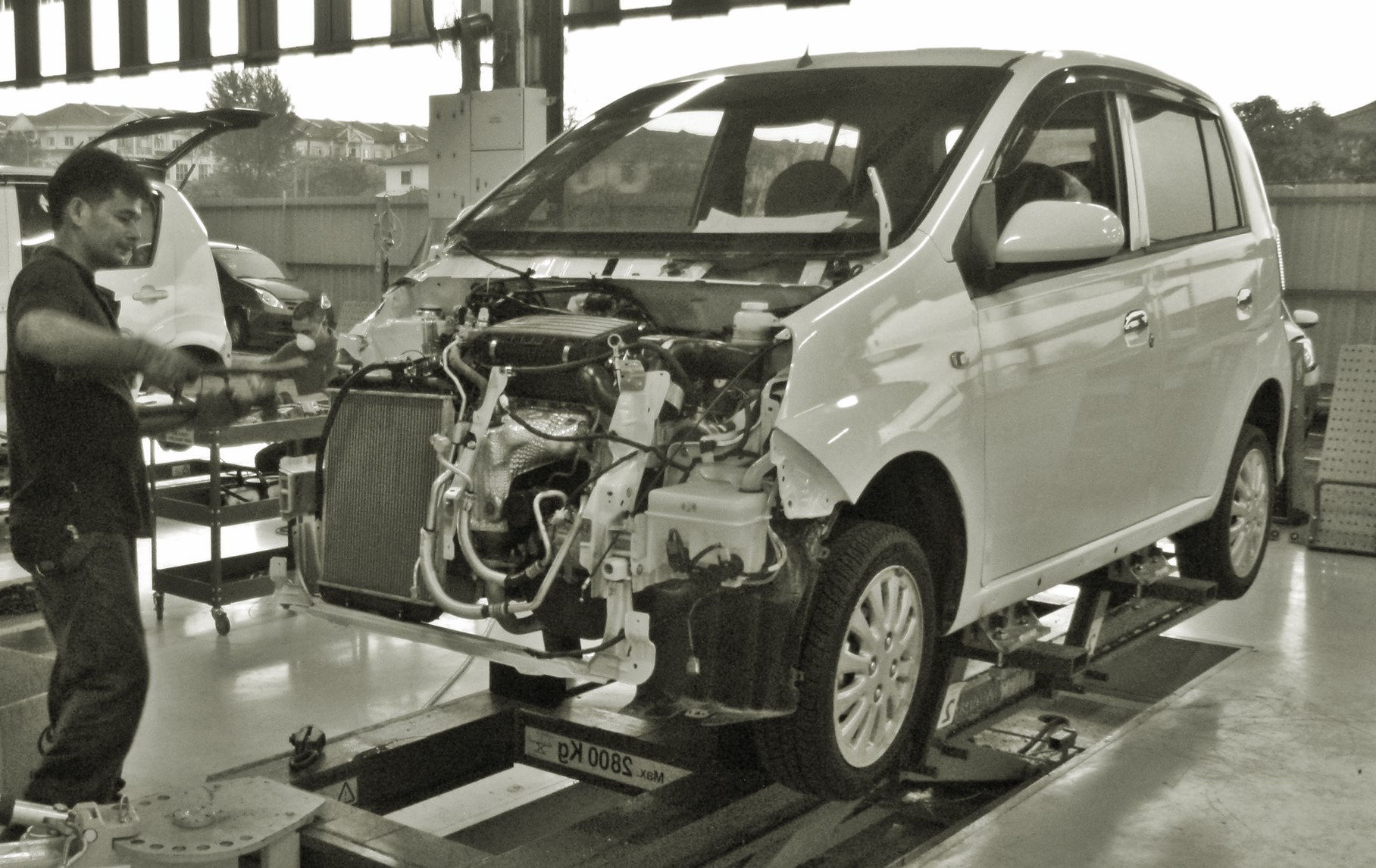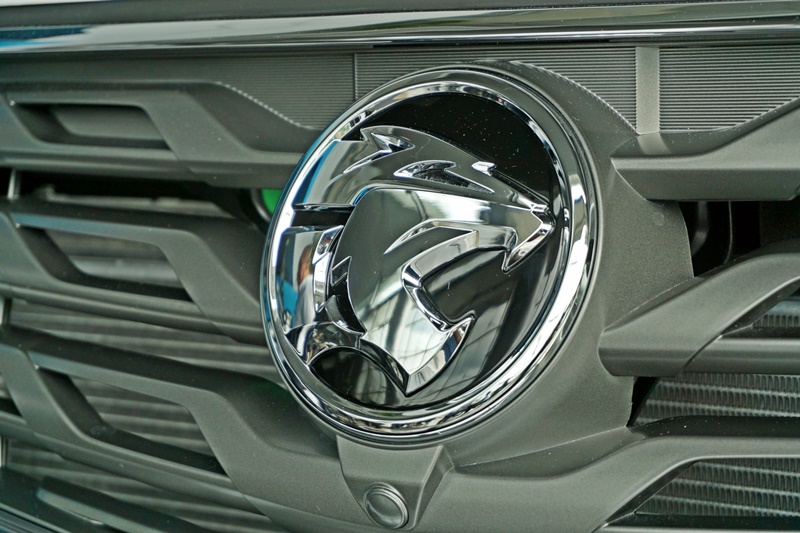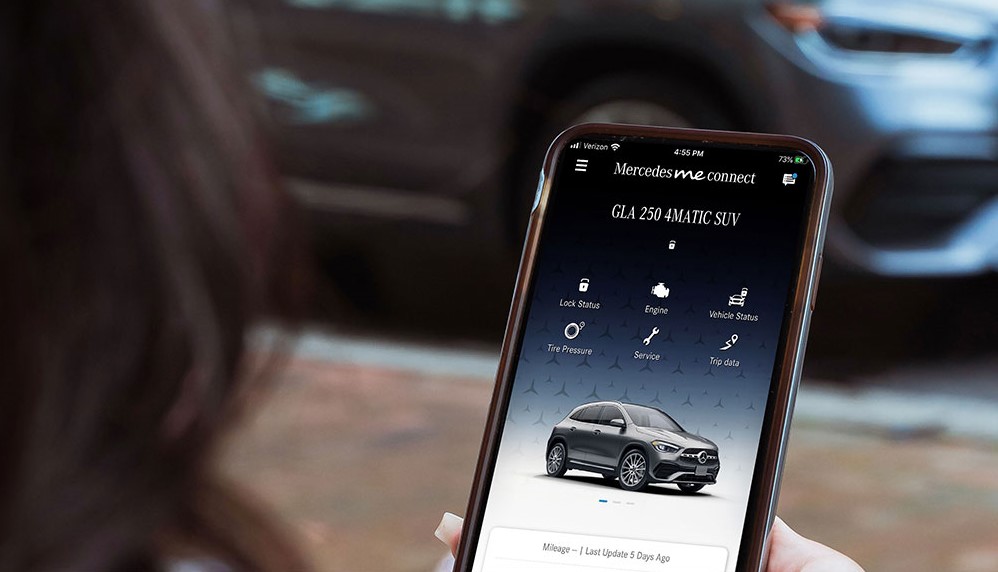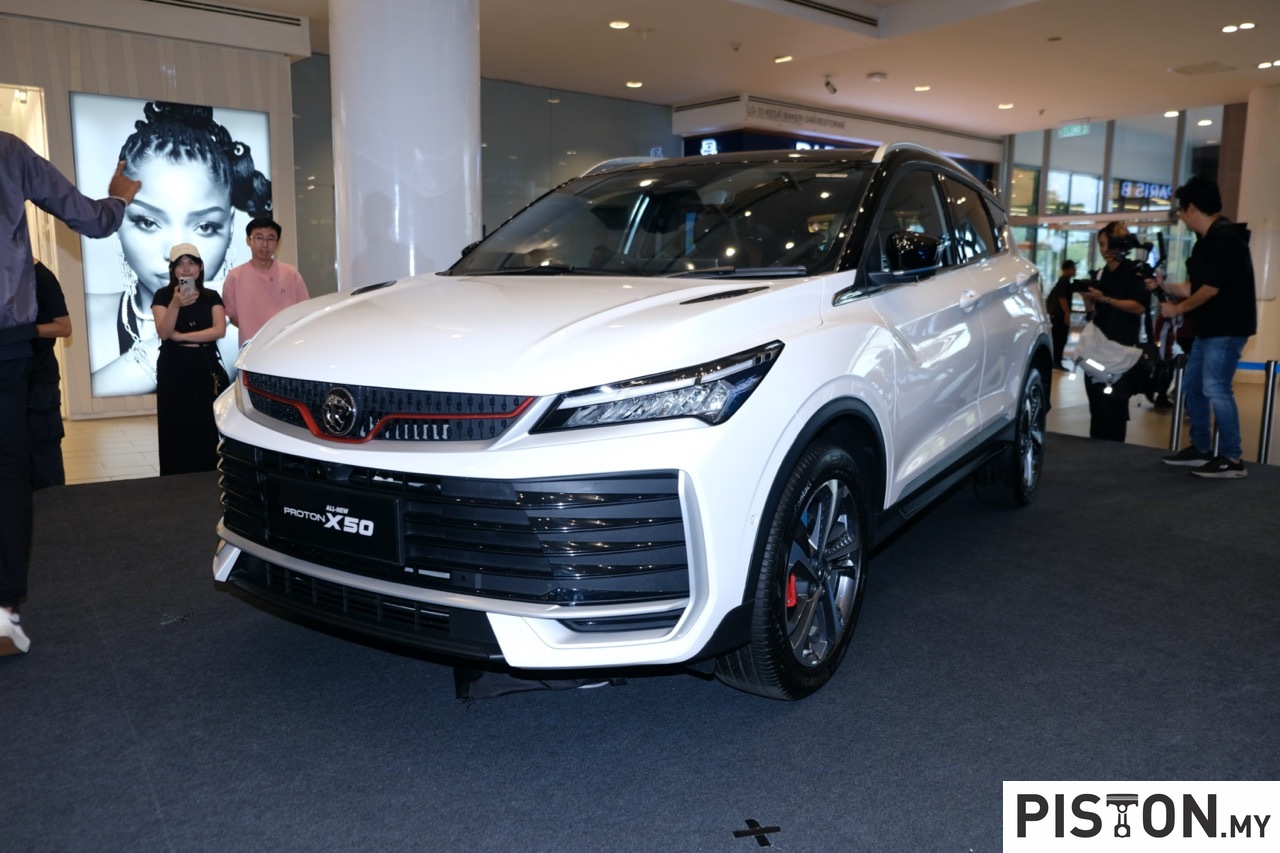The original HUMMER is well known as a civilian version of the HUMVEE (High Mobility Multipurpose Wheeled Vehicle) used by military forces, mainly American. The HUMVEE is the spiritual successor of the jeep used in earlier wars.
GMC has developed an all-new 21st century HUMMER (the last one was discontinued in 2010) which lays claim to being the world’s first fully electric supertruck. Its powertrain will produce an estimated 1,000 horsepower and 15,590 Nm of torque, giving a 0 – 97 km/ time that will be around 3 seconds. Designed and engineered to cross the roughest type of terrain, it has 330 mm of suspension travel to give exceptional off-road capability.
(more…)
